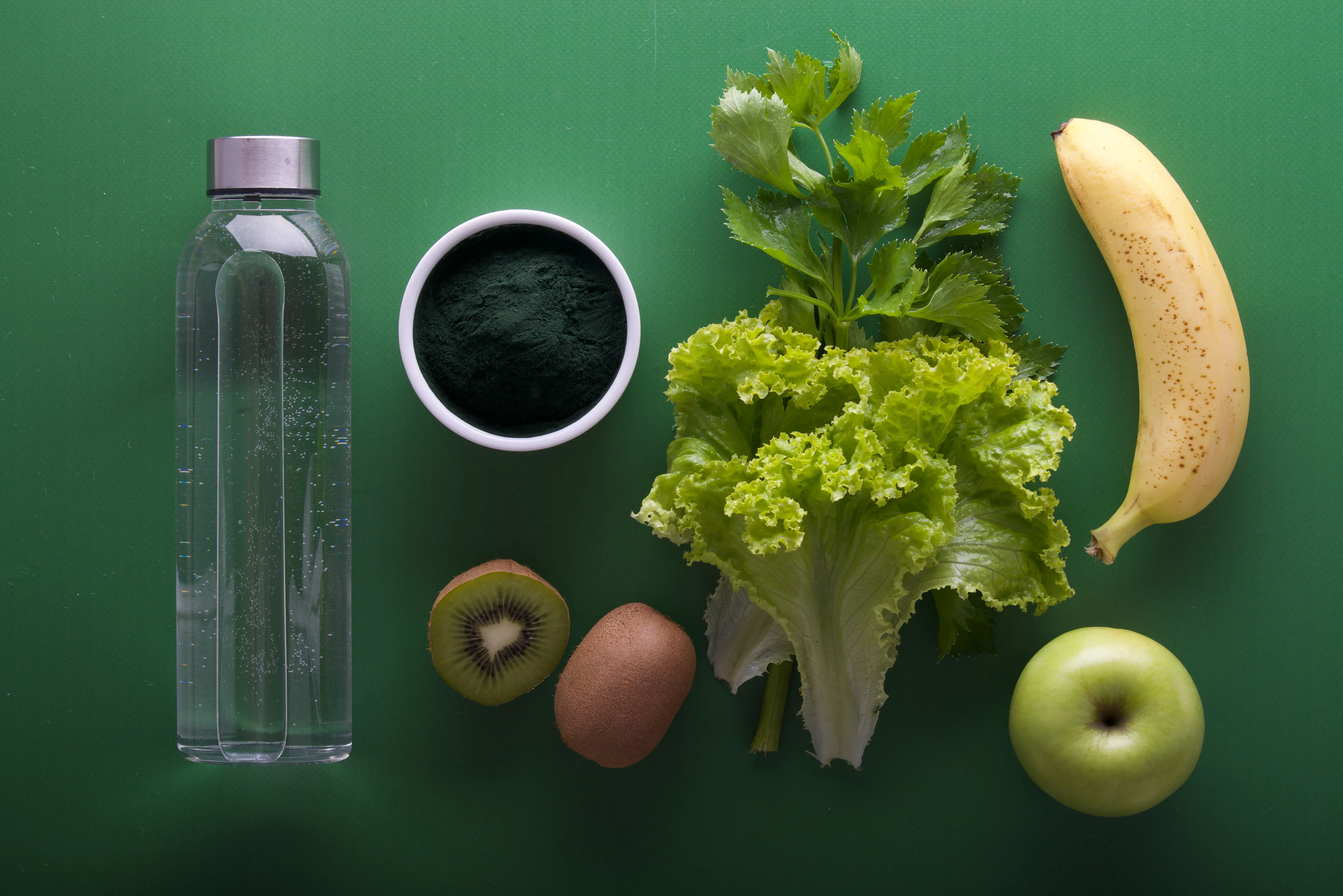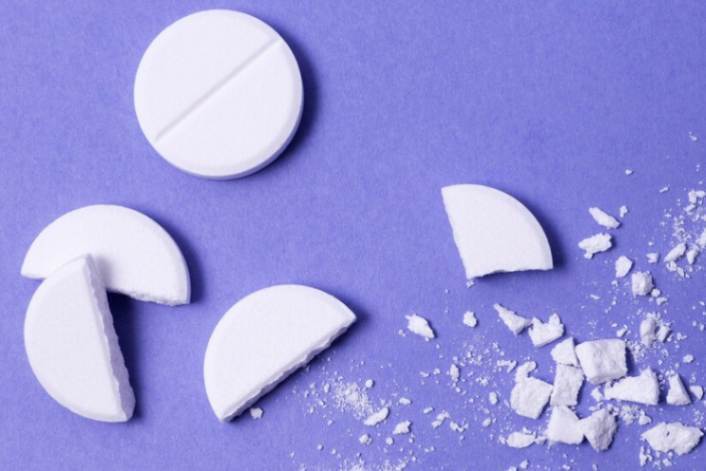Over 130/80 mmHg blood pressure is hypertension (high blood pressure). Nearly half of all individuals in the United States are afflicted by this prevalent illness. Numerous powerful blood pressure medicines exist that can reduce blood pressure. Only one in four persons with hypertension had under control of blood pressure.
A hypertensive crisis is a dramatic rise in systolic blood pressure (the upper number) to 180 mmHg or higher and diastolic blood pressure (the lower number) to 120 mmHg or higher that can occur in people with high blood pressure. Emergency hypertensive situations can harm blood vessels and make them leak liquid or blood. A hypertensive emergency can cause a stroke and impair the heart's ability to pump blood adequately. Read this article to find out how to lower blood pressure instantly in an emergency.
How to lower blood pressure instantly in an emergency?
The greatest method for lowering high blood pressure is to do it slowly and regularly in minor stages. However, if you do find yourself in a situation, keep in mind to remain as controlled as you can and follow the advice given below to lower blood pressure instantly in an emergency -
#1. Take a warm shower or bath -
Stand in the warm water in your shower or bath for at least 15 minutes. Additionally, it can ease tension in the muscles. Try this tricks to lower blood pressure instantly.
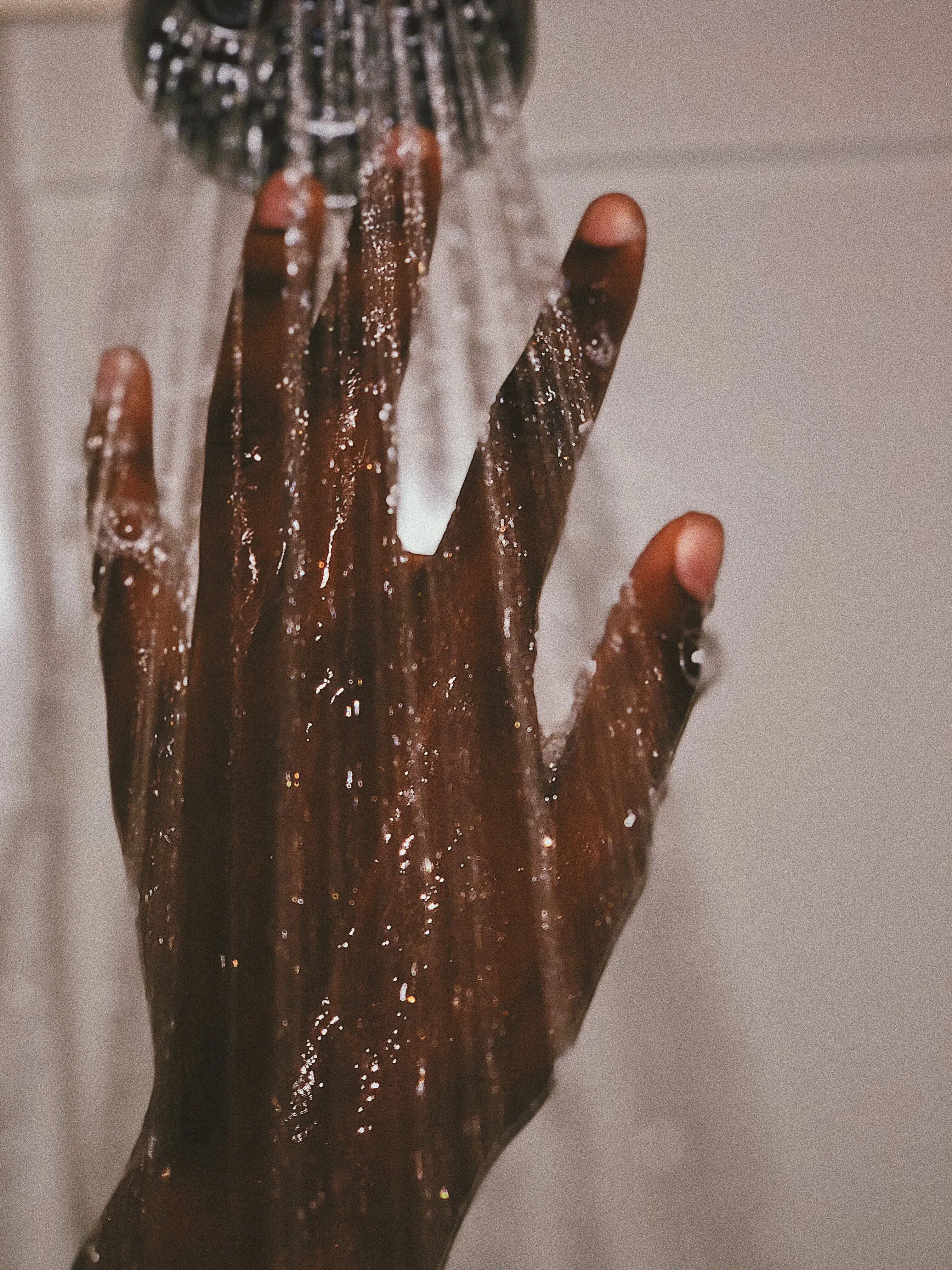
#2. Relax -
Make all the efforts necessary to reduce your stress levels because stress is a major cause of high blood pressure. This might be as easy as taking a few minutes to sit quietly, stretch, or practice meditation.
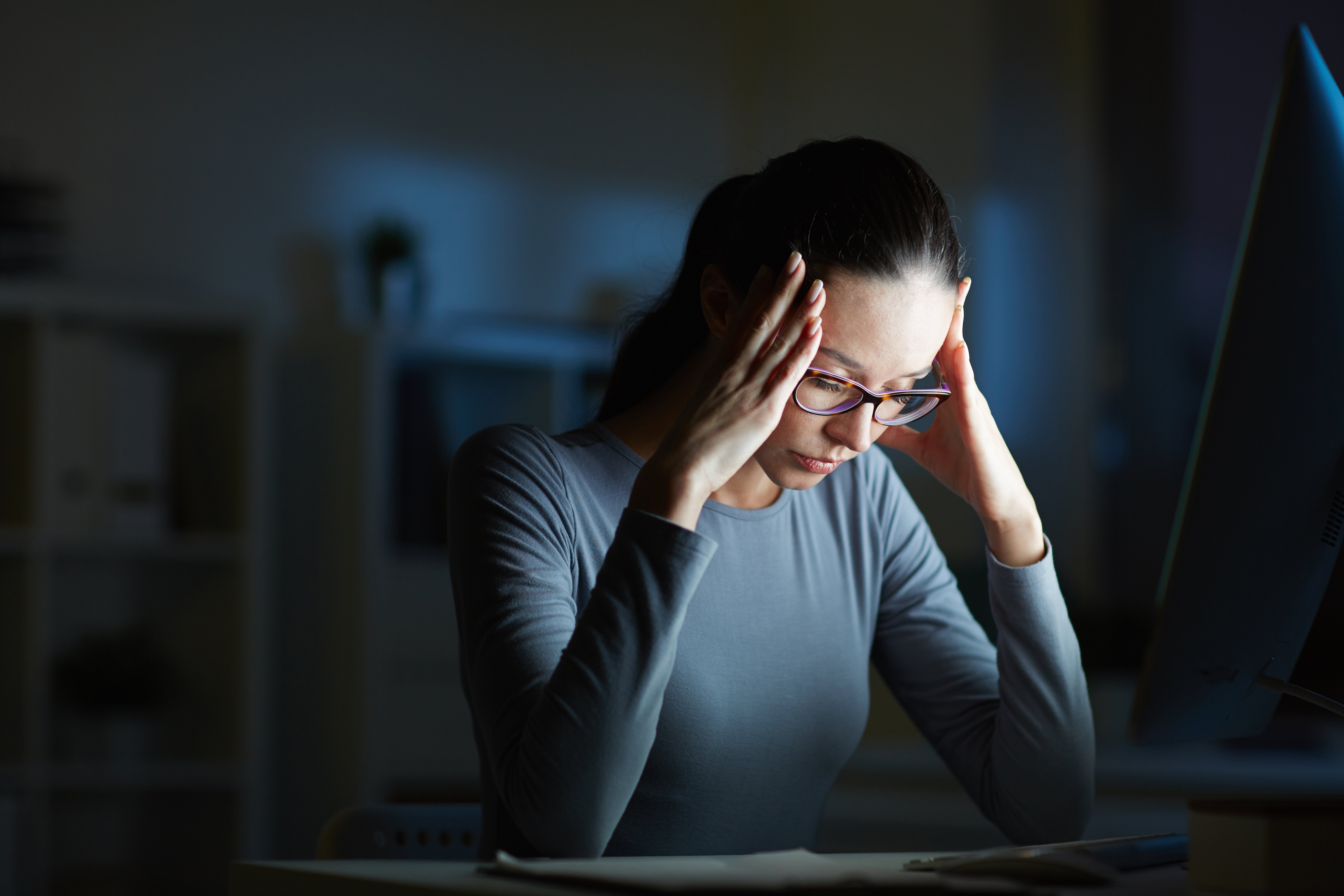
#3. Try to calm yourself -
Calming down as it lowers heart rate is the first step in urgent treatment for high blood pressure at home. The best approach to relaxing is to practice deep breathing. Briefly hold your breath before letting it go while closing your eyes. Your body may feel relieved of the mounting stress as a result. This is the best tricks to lower blood pressure instantly.
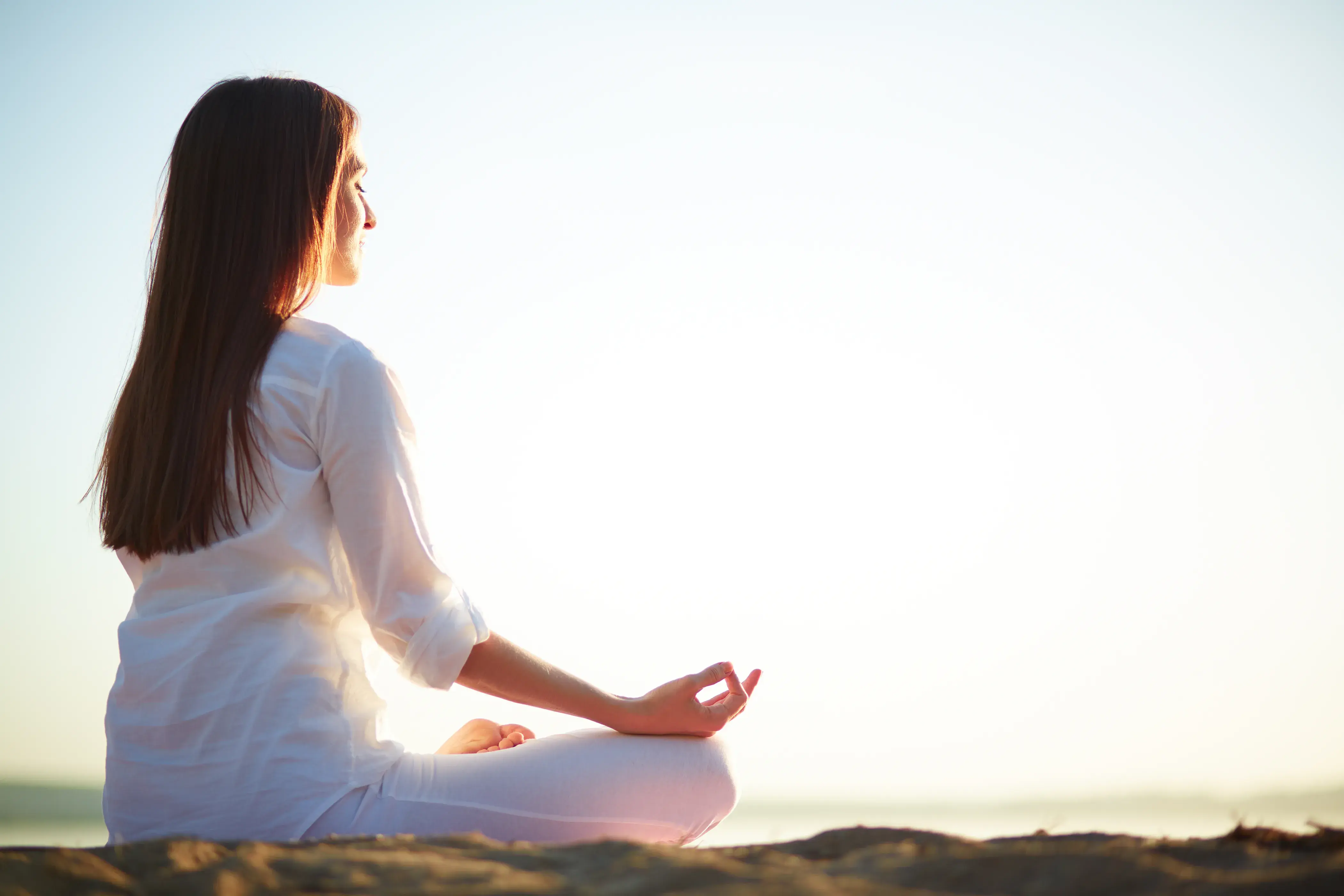
#4. Practice deep breathing -
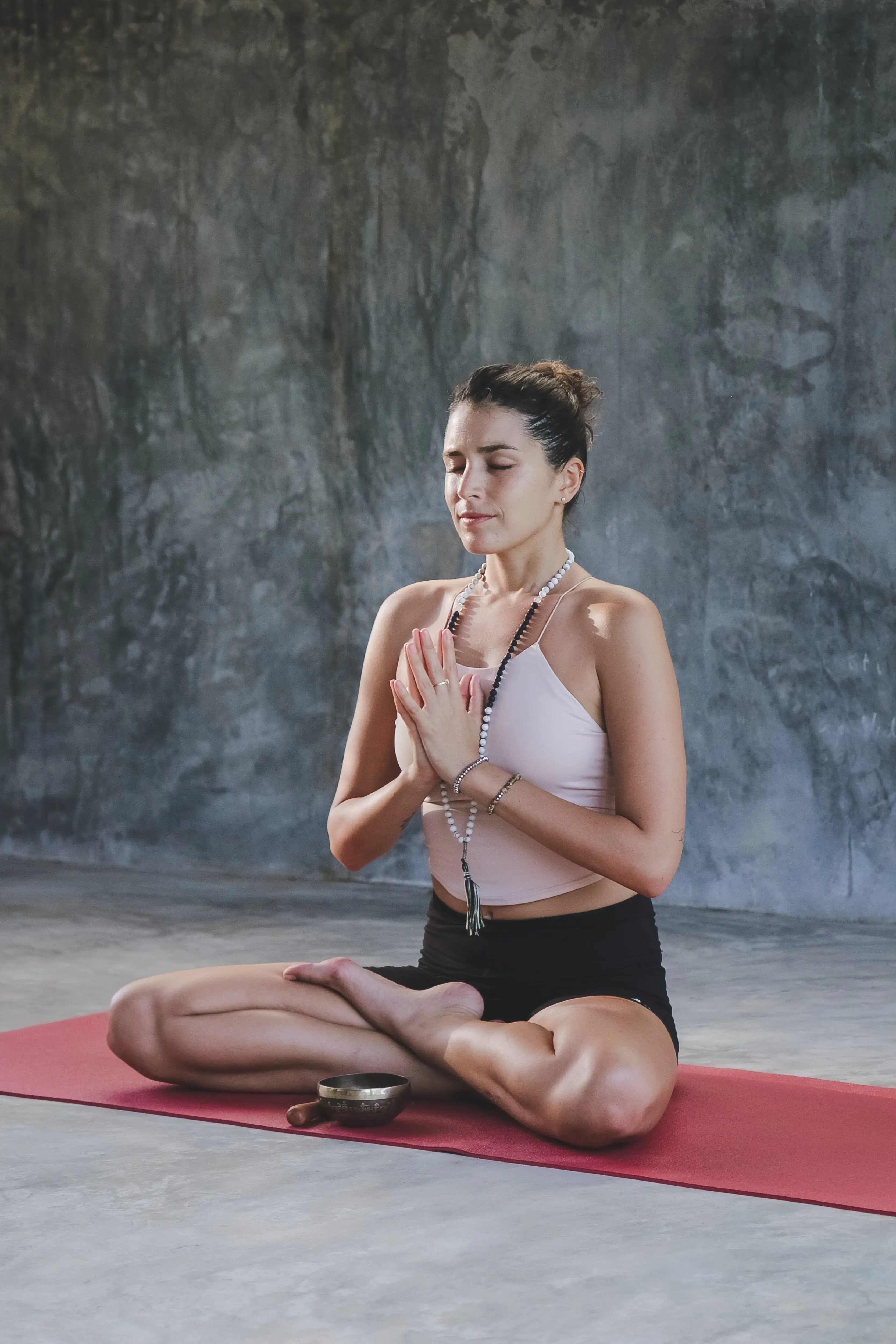
- Take a deep breath from the center of your body.
- Hold it for about three seconds.
- Gently let it out.
- Once more, after a brief pause.
#5. Lay down -
In an emergency, lying down is preferable to uncomfortable sitting when treating high blood pressure at home. Lay on your left side and practice deep breathing. Right before the medical test, it greatly helps to lower blood pressure.
#6. Take your medicine -
Anti-hypertensive drugs your doctor has prescribed can immediately lower blood pressure. Losartan or hydrochlorothiazide are examples of these. Nevertheless, avoid taking medications without a valid prescription because they can cause organ failure. 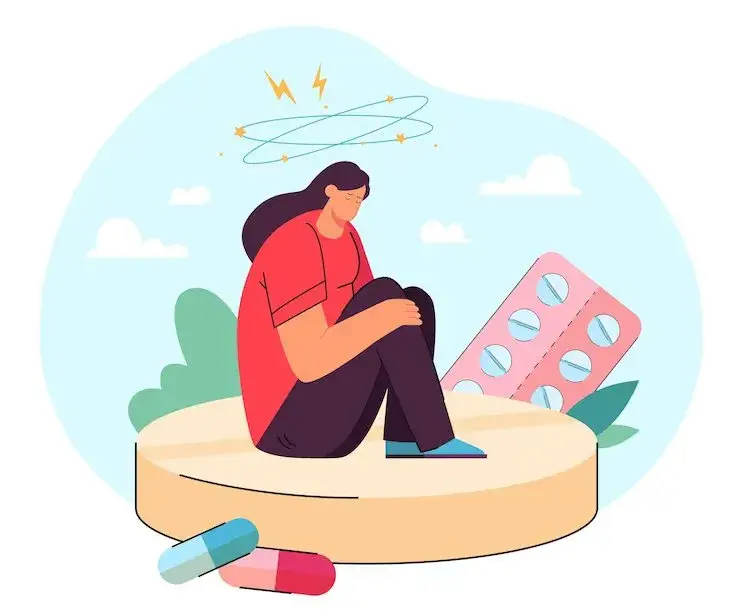
#7. Herbal tea -
If you are a patient with high blood pressure, then you think about what is emergency treatment for high blood pressure at home? Your answer is there. Due to their high antioxidant content, herbal teas with relaxing properties include Chamomile and hibiscus. Even in an emergency, these can significantly drop blood pressure at home. However, you should avoid drinking black tea or coffee because these can raise blood pressure and speed up your heart rate.
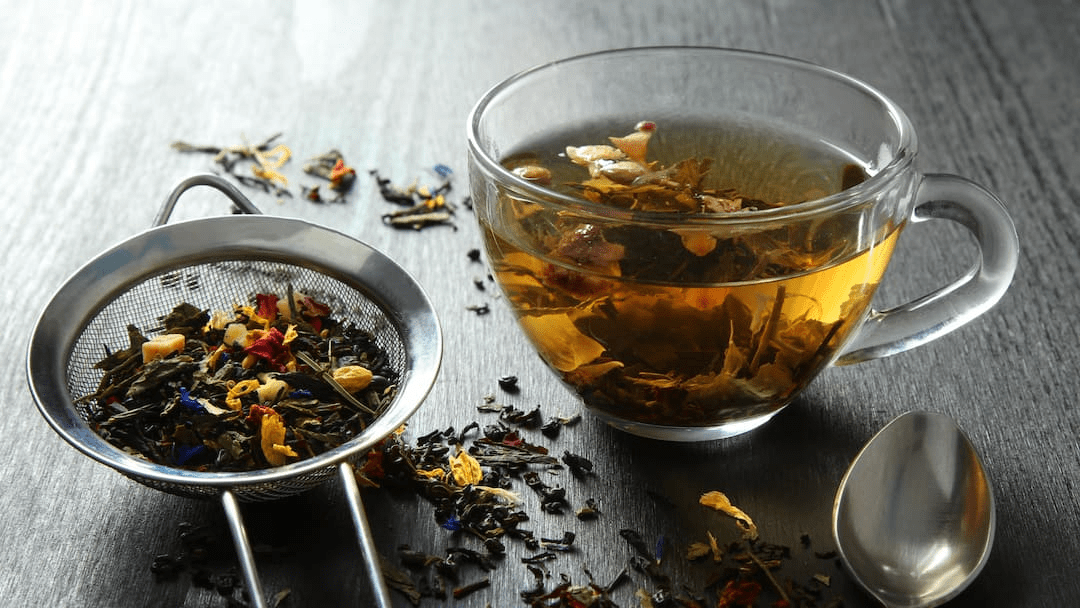
#8. A piece of dark chocolate -
Chocolates elevate mood and produce endorphins, significantly aiding in the home treatment of high blood pressure in an emergency. To avoid a blood sugar increase, choose dark chocolate with fewer added sugars. Even if the home remedies mentioned above rapidly drop your blood pressure, it is preferable to contact a doctor for advice since high blood pressure is a silent killer.
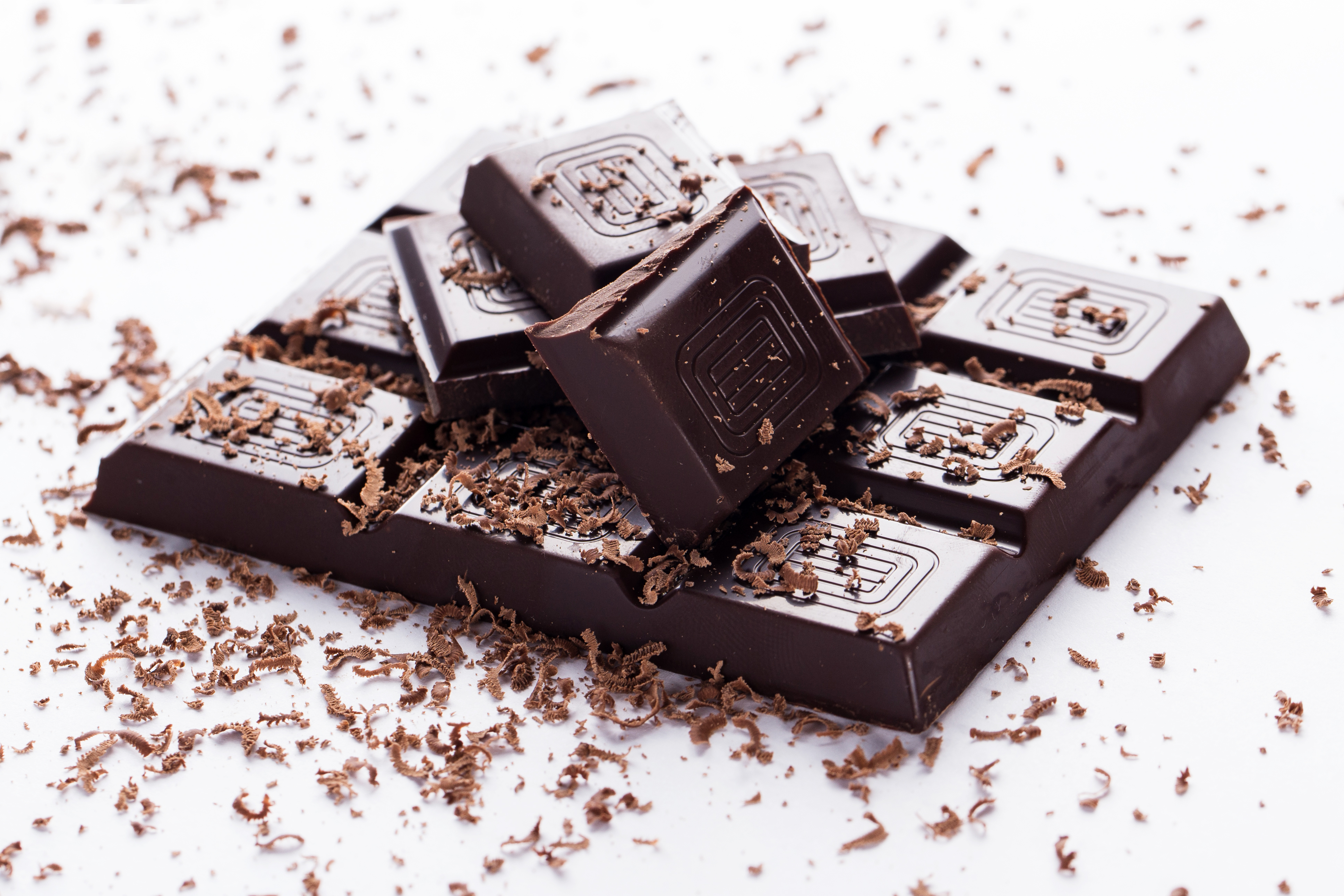
Also Read: Heart Healthy Benefits of Dark Chocolate
#9. Exercise -
Your heart gets stronger and pumps less forcefully as you routinely raise your heart and breathing rates. This decreases your blood pressure and relieves pressure on your arteries. According to a 2019 report by the American College of Cardiology and the American Heart Association, you should engage in moderate- too intense physical activity three to four times per week for 40 minutes at a time.
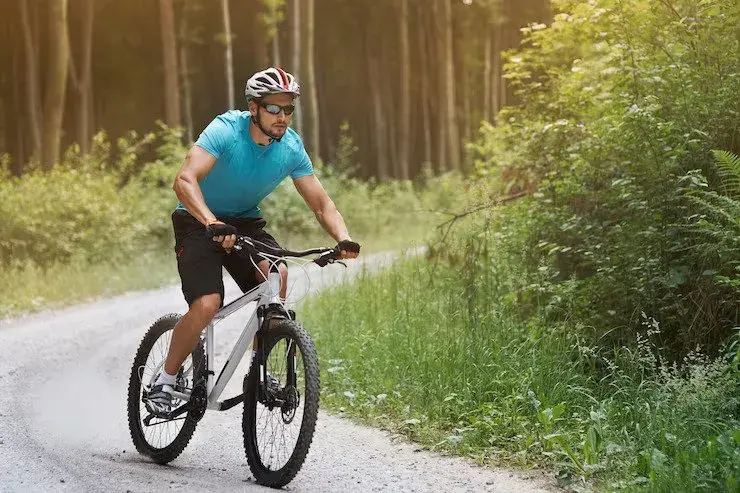
If it's difficult to find 40 minutes at once, there can still be advantages to breaking it up into three or four 10- to 15-minute chunks throughout the day. It's not necessary to run marathons, though. You can increase your activity level by doing the following:
- using stairs
- walking as opposed to driving
- performing house chores
- gardening
- cycling or participating in a team sport
#10. Keeping weight in check -
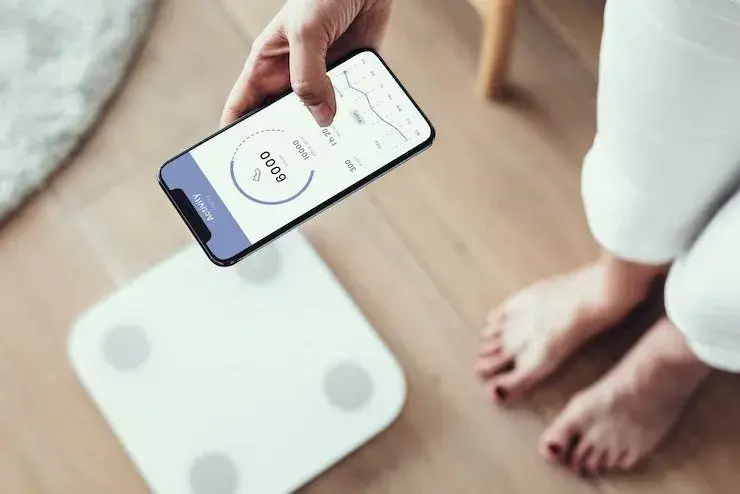
Losing 5 to 10 pounds can lower your blood pressure if you are overweight. Additionally, you'll reduce your likelihood of developing additional medical issues. According to multiple research studies, blood pressure was decreased by weight loss programs by an average of 3.2 mm Hg diastolic and 4.5 mm Hg systolic.
#11. Healthy diet -
Numerous studies have shown that limiting sugar and processed carbohydrates can reduce weight loss and reduce blood pressure. According to a 2014 research, sugar, especially fructose, may raise blood pressure more than salt. In at least 8-week-long studies, sugar raised blood pressure by 6.9 mm Hg systolic and 5.6 mm Hg diastolic. According to a 2020 study that compared many common diets, low-carb and low-fat diets reduced systolic blood pressure by 3 mm Hg and diastolic blood pressure by an average of 5 mm Hg in adults who were overweight or obese after six months. Because you're ingesting more protein and fat on a low-carb, low-sugar diet, you feel satiated for longer.
#12. Quit smoking -
Numerous cardiovascular problems are caused by or at least partially influenced by smoking. Your blood pressure briefly rises with each cigarette you smoke. There is a direct correlation between smoking and acute hypertension, even if research has not yet demonstrated that smoking has a long-term impact on blood pressure.

Smoking is also believed to negatively affect central blood pressure, which can lead to organ damage. Smoking also causes inflammation, which contributes to blood vessel damage over the long run. Ask your doctor for advice on nicotine gums or patches, as well as information on support groups specifically geared toward stopping smoking if you wish to stop smoking.
Also Read: 7 Benefits of Quit Smoking
#13. Reduce caffeine intake -
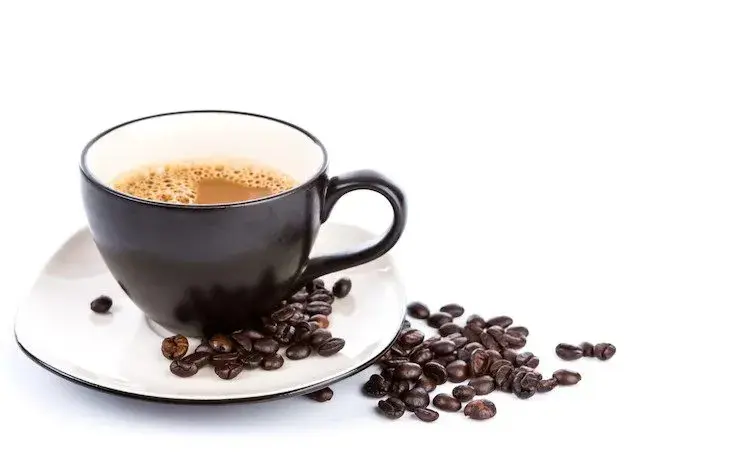
Although it temporarily increases blood pressure, caffeine does so. In a 2017 study, drinking 32 ounces of either a caffeinated beverage or an energy drink caused the systolic blood pressure of 18 participants to rise for two hours. The subjects who consumed a caffeinated beverage then experienced a quicker decline in blood pressure. Caffeine may affect some people differently than others. If you're sensitive to caffeine, consider drinking less coffee or switching to decaffeinated coffee. There has been a lot of research on caffeine, including its advantages in terms of health. A variety of unique elements influences the decision to make cuts.
Also Read: How Much Coffee is OK?
Final Takeaway -
It's critical to maintain healthy blood pressure levels to reduce your risk of heart disease. Regularly check your blood pressure. Follow your doctor's instructions to lower your blood pressure if you have been diagnosed with hypertension. They could suggest medication, dietary or exercise adjustments, supplements, or other treatment plans.
Also, to conclude on "how to lower blood pressure instantly in an emergency," you can follow the steps mentioned above in a loop. Before making any changes to your treatment regimen, always visit your doctor, and never stop taking any medications without doing so. They can assist you in comprehending the advantages and disadvantages of various therapy options.
Frequently Asked Questions
How to lower blood pressure quickly emergency?
In an emergency, performing deep breathing exercises, practicing relaxation techniques, and avoiding caffeine can help lower blood pressure quickly, but consult a healthcare professional.
How do I get my blood pressure down right now?
To lower your blood pressure immediately, try deep breathing exercises, engage in relaxation techniques, and avoid caffeine.
What is emergency treatment for high blood pressure at home?
Emergency treatment for high blood pressure at home may involve deep breathing exercises, relaxation techniques.

Reviewed by
